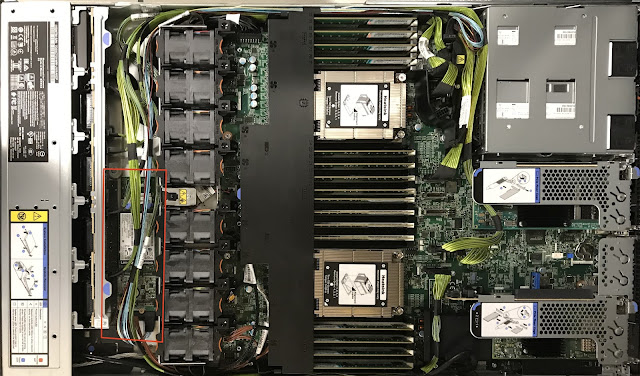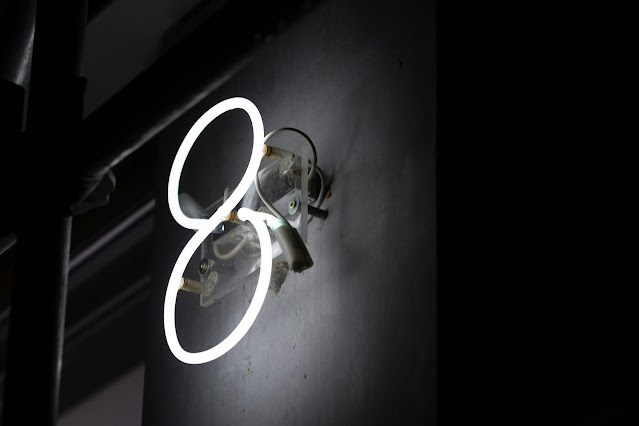Energizing IBM Spectrum Fusion HCI
Nothing happens in an IBM Spectrum Fusion HCI system without electricity. I know that this is obvious, but sometimes we forget how important it is to get the supply of electrical power correct when setting up a system. Fusion HCI is designed to be flexible when it comes to electrical power supply so that it can adapt to the local situation in countries all over the world. Fusion HCI is also designed to be resilient to power supply failures. Let's examine the components in Fusion HCI that contribute to that design.
Layers of Power Resiliency
Each Fusion HCI rack contains multiple power distribution units (PDUs), and every component in the rack plugs into these PDUs. In turn, each of these PDUs plugs into a power connection in the data center. You can think of these PDUs as industrial-strength power bars. Each PDU has twelve C13 receptacles into which the power cords from the rack components plug. The C13 is the most common receptacle used by servers and switches and can handle up to 10A of current and 250V voltage. The C19 receptacle is also often used in data centers and is designed to handle higher currents of up to 16A, but it is not used by Fusion HCI because none of the Fusion HCI components draw more than 10A of current.
Redundant PSUs
Every switch and server in a Fusion HCI rack has two hot-pluggable power supply units (PSUs). Having redundant hot-pluggable power supplies for every component means that all server and switch components can tolerate a PSU failure and continue to operate. The failed PSU can be pulled out and replaced with a new PSU without having to shut down the server. Redundant PSUs provide the first layer of power resiliency in the system.
Redundant PDUs
The PDUs in a Fusion HCI system are arranged in pairs. All the servers and switches in a system have one of their PSUs connected to the first PDU in a particular pair, and the other PSU connected to the second PDU in the pair. The power consumption of the components that are connected to a particular pair of PDUs is limited to what one PDU in the pair can handle. In this way, if one of the PDUs fails, the other PDU in the pair will be able to carry the load without interruption. This redundant PDU design provides the second layer of power resiliency in the system.Redundant Electrical Supply
In the ideal case, power outlets in the data center can be supplied from two independent sources. Assuming this is the case, half of the PDUs, one from each pair, should be connected to outlets from one electrical power source and the other half of the PDUs to the other source. If one of the sources fails, then all the components in the Fusion HCI will still be able to operate using the power supplied through the PDUs connected to the other source. This redundant power supply capability provides the third layer of power resiliency in the system.
Options for Getting Connected
When considering how to connect a Fusion HCI system to electrical power, there are three questions to be answered:
- Three-phase or single-phase power?
- What amperage, 30A/32A or 60A?
- What plug type?
Three-Phase or Single-Phase
Fusion HCI systems support both three-phase and single phase power with two different PDU features. One PDU feature is for three-phase delta wiring that is commonly used in North America and a few other countries such as Japan and Taiwan. The second PDU feature is for three-phase wye wiring that is commonly used in Europe, the Middle East, and Africa. This second PDU feature also supports all single-phase power connections.
Amperage
The next question is about what amperage is provided. There are typically two amperage levels available in a data center: 30A/32A and 60A. Sometime you will see these levels listed using their 80% derated values of 24A and 48A. If single phase power connections are provided, then it recommended to use 60A connections for Fusion HCI. If three-phase power connections are provided, then either 30A/32A or 60A connections can be used.
Plug Type
The last question is about the type of wall plug provided in the data center. These plug types vary widely around the world, though most countries have a small number default plug types. Find out which plugs are used in the data center where Fusion HCI will be installed.
One you have the answers to these three questions you will be able to order the correct line cords that will connect the Fusion HCI PDUs to the wall outlets. Line cords may not be the flashiest parts of a Fusion HCI system, but if you don't have the correct line cords you won't be able to plug in the system and power it up!
Previous post: New Storage Server Options in Spectrum Fusion HCI 2.4





Comments
Post a Comment